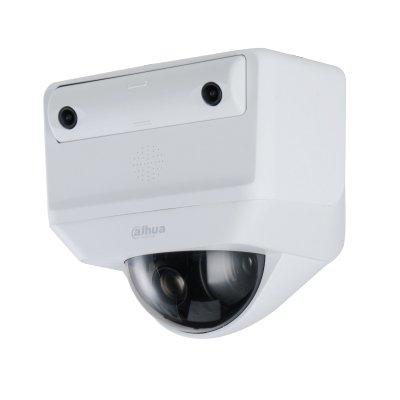 |
| Suffering a breach is probably something that companies won’t admit to unless they must |
As the world has grown more and more interconnected through the Internet and company networks, cybercrime has grown at an alarming rate. According to the Federal Trade Commission, 783 businesses reported IT breaches in 2014, up 27.5 percent from 2013. “There were probably many more, but most go unreported,” says Kim Phan, of council with the Washington, D.C., law offices of Ballard Spahr LLP
Protecting consumer data
Suffering a breach is probably something that companies won’t admit to unless they must. A company must report a cyber-incident that resulted in the loss of personal data, whether for employees, customers or both.
In the Target Stores incident in December 2013, hackers stole credit and debit card information for 40 million Target customers along with contact information for 70 million more individuals. Hackers compromised credit card data for 56 million JP Morgan Chase customers in September of last year. The list of major hacking incidents goes on and on.
In most major cases, the victimised companies must notify their employees and customers, enabling them to take steps to protect their identities and credit. “The states are far ahead of the federal government in legislation related to cyber-intrusions,” says Phan. “Forty-seven states now have regulations requiring companies to notify people whose personal data has been breached.”
The federal government may be behind the states in this, but the Federal Trade Commission has been quite active in evaluating company security measures after a breach. The Commission imposes penalties if it determines that a company has failed to provide reasonable security measures.
What is reasonable? There are no hard and fast regulations. The area is too new, continues Phan. Companies should monitor how state and federal regulators are shaping their responses to company breaches. They should also pay attention to the results of legal actions brought by a long list of parties that may be injured by a breach: consumers, financial institutions, shareholders, and others.
The Federal Trade Commission has been quite active in evaluating company security measures after a breach |
Ballard Spahr attorneys advise developing a risk-based data security program that consists of three components. First, identify all information assets; record their physical locations — some assets may be in more than one location; and identify the person responsible for each of the assets.
Second, carry out a formal risk assessment. What are the network vulnerabilities? Where and how might a hacker break into your system? What weaknesses have past incidents attacked? How have you shored up the weak points on the network? Depending upon the amount of data involved, a company might retain an IT security professional to conduct the assessment and make recommendations. Third, develop a security program that addresses your network’s vulnerabilities.
Developing a security program
The first step in IT security is physical security. If someone steals your computer or uses your computer to steal files on your network, the game is over before it starts. So lock the doors and lock the buildings where the physical components of IT systems reside.
In his book, “The Basics of Information Security,” Jason Andress writes that three kinds of controls mitigate the risks associated with IT attacks. They are physical controls, logical controls and administrative controls.
Again, physical controls are doors, locks, access control systems, cameras and alarms that will let you know when someone is trying to break into — or has broken into — a computer room or computer equipment closet. Logical security covers passwords, biometrics, encryption, firewalls and other intrusion prevention and detection systems.
Administrative security deals with policies and procedures about using the system. For example, many companies set policies that control what components of the network employees at various levels may access. That’s administrative security.
Finally, the Federal Trade Commission notes that vulnerabilities change as technology advances. So it is important to assess risks and vulnerabilities and adjust your IT security program on a continuing basis.









































